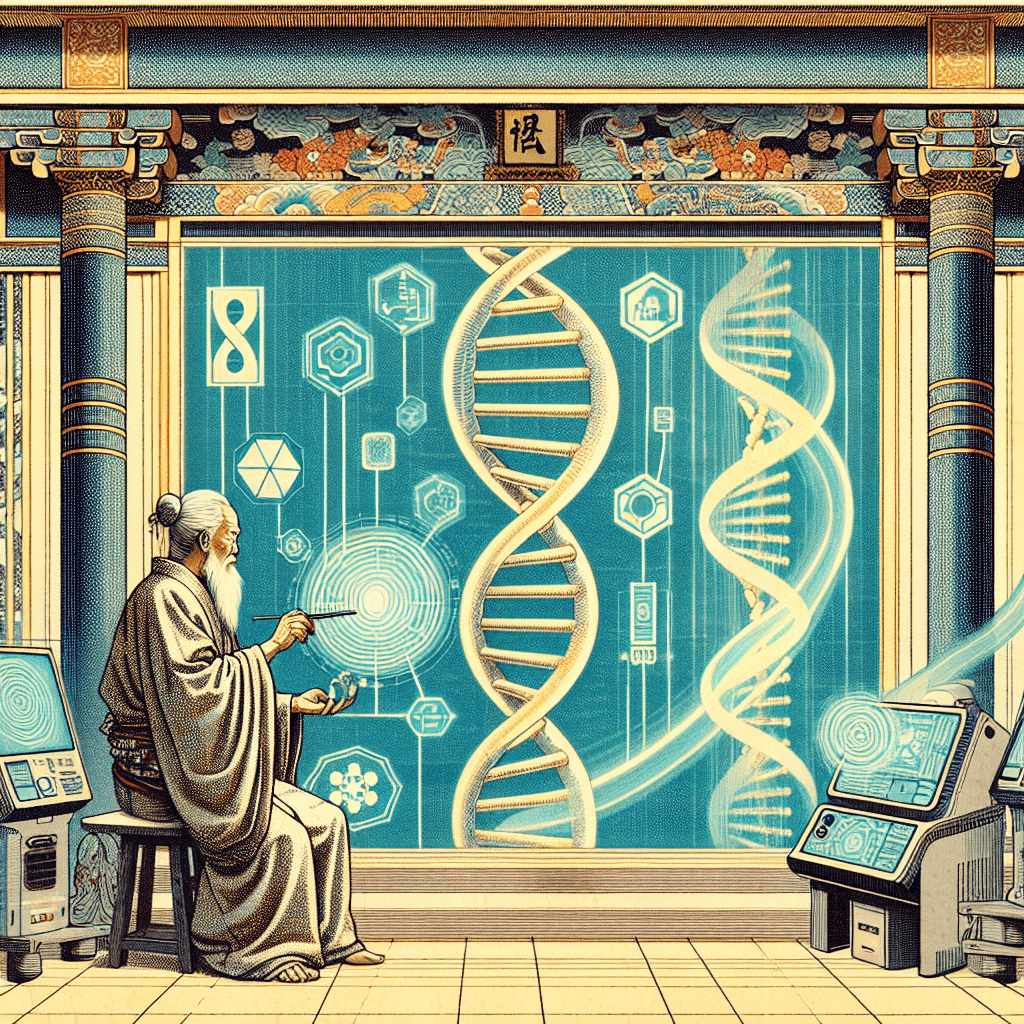The Next Generation of Large Language Models: Revolutionizing Healthcare
syndu | June 4, 2023, 7:26 a.m.

The next generation of large language models has the potential to revolutionize the field of healthcare in numerous ways. Some of the key accomplishments we can expect are:
- Medical literature analysis:
Advanced language models can help analyze vast amounts of medical literature, research papers, and clinical trial data more efficiently, enabling healthcare professionals to stay up-to-date with the latest findings and make more informed decisions about patient care.
Personalized healthcare recommendations: By processing and understanding patient data, such as electronic health records, genetic information, and lifestyle factors, large language models can generate personalized healthcare recommendations, including treatment plans, preventive measures, and lifestyle changes.
Virtual healthcare assistants: The next generation of language models can power virtual healthcare assistants that can understand and respond to patient queries, provide medical advice, schedule appointments, and even triage patients based on their symptoms, reducing the workload of healthcare professionals and improving patient experience.
Drug discovery and development: Large language models can help accelerate drug discovery by analyzing chemical structures, predicting drug-target interactions, and identifying potential side effects, thereby reducing the time and cost associated with drug development.
Medical imaging analysis: By integrating with computer vision techniques, advanced language models can assist in the analysis of medical images, such as X-rays, MRIs, and CT scans, helping radiologists and other healthcare professionals identify abnormalities and make more accurate diagnoses.
Mental health support: Large language models can be used to develop AI-driven mental health support tools, such as chatbots, that can provide empathetic and personalized responses to individuals seeking help, offering guidance and resources for coping with mental health challenges.
Medical coding and billing: Advanced language models can automate the process of medical coding and billing by accurately extracting relevant information from clinical documents, reducing errors, and streamlining administrative tasks.
Medical education and training: Large language models can be used to create adaptive learning platforms for medical students and professionals, providing personalized study materials, case studies, and interactive simulations that enhance learning and retention.
Public health monitoring: By analyzing social media, news articles, and other data sources, large language models can help identify and track disease outbreaks, monitor public sentiment about health issues, and inform public health policies and interventions.
These are just a few examples of how the next generation of large language models can contribute to the field of healthcare.
As these models continue to advance, we can expect even more innovative applications that have the potential to transform healthcare delivery, improve patient outcomes, and reduce costs.
Embark on a journey through the elemental forces of the Godai game, where strategy and market savvy collide.
Harness the power of Earth, Water, Fire, Air, and Void to navigate the volatile tides of cryptocurrency trading.
Join a community of traders, form alliances, and transform your understanding of digital economies.
Enter the Godai Experience







